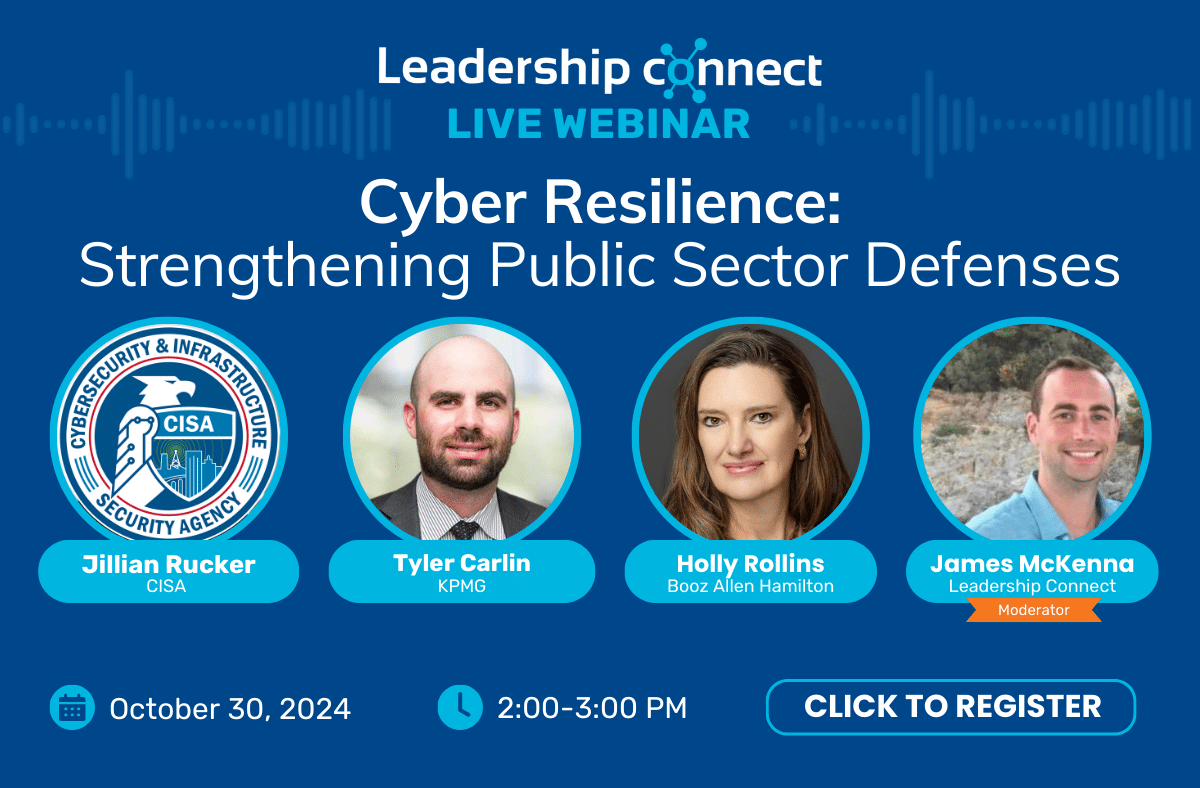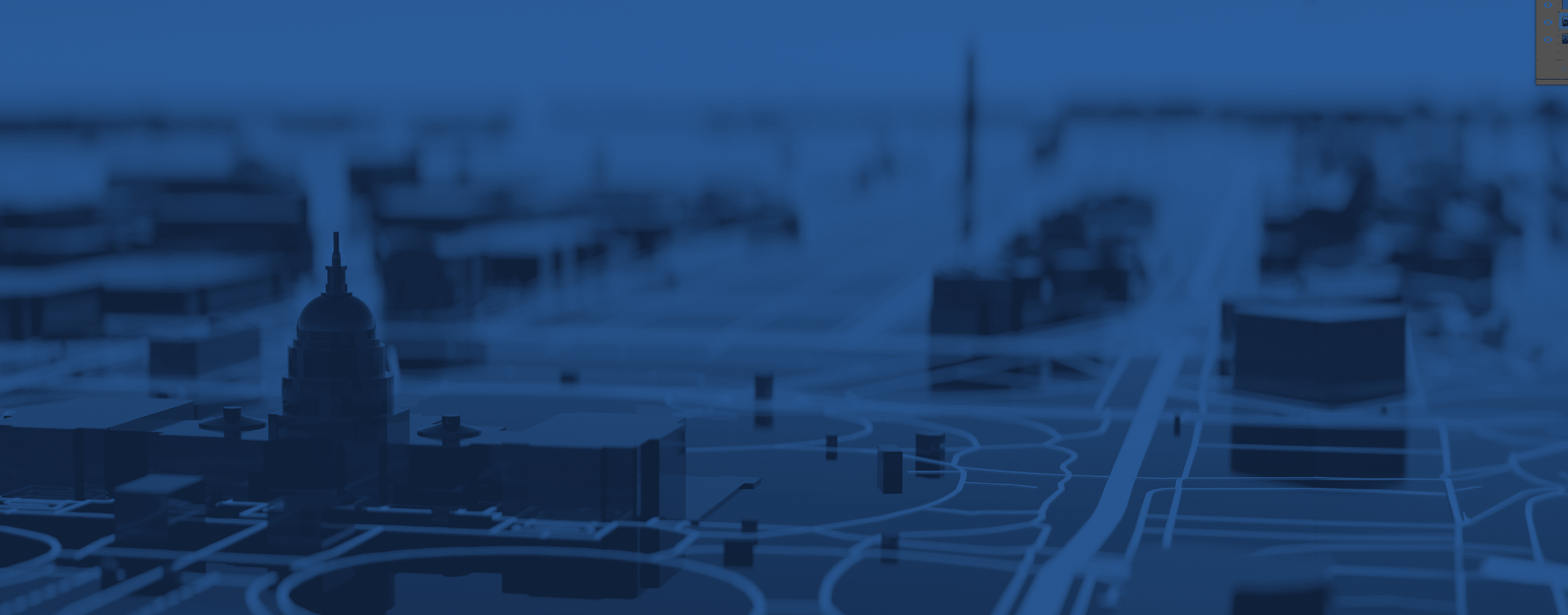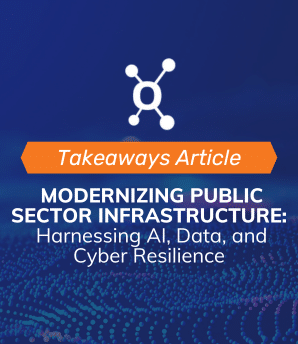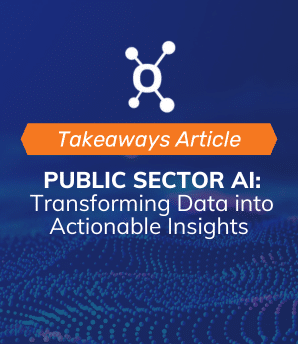On October 30, Leadership Connect hosted a webinar on cybersecurity best practices for the public sector to round off an exciting Cybersecurity Month. The panel discussed the overall landscape, best strategies for federal agencies, and took a closer look at their most trusted defense methods.
Check out those insights and best practices below! Missed the conversation? Watch the whole thing here and make sure you follow Leadership Connect’s Events Page to participate in our upcoming webinars.

Know the threats
Without taking stock of the entire landscape of cybersecurity, you can’t be properly prepared to combat them. When assessing threat actors, the panelists advised to keep the following in mind:
- Threats are becoming more sophisticated.
- Focus on operational technology as updating legacy systems can open organizations up to vulnerabilities.
- Geopolitical instability heightens cybersecurity risks from both domestic threat actors and abroad.
Strategize
Now that you know where to look for common threats and understand some of their patterns, it’s time to start planning on how to mitigate those threats and get ahead of them in the public sector.
- Start incorporating cyber transformations and objectives into the mission statement. Doing so can expedite response times, combat cyber fatigue, and encourage end users and federal partners to align their cybersecurity priorities with the overall mission objectives.
- Collaborate with federal partners to further open channels of communication. Cybersecurity is a team sport and holding forums with partners allows for information sharing and collaboration about common observations in the public sector.
A deeper look into top strategies
In addition to general tips and best practices, our panelists narrowed down three top methods of strengthening cybersecurity for the audience:
Mitigating Living off the Land Techniques (LOTL)
Cyber adversaries often exploit existing tools within organizations instead of deploying malware. This LOTL approach complicates threat identification, as these activities may resemble normal IT operations. Organizations should adopt a holistic view of their vulnerabilities to enhance their protection measures, employing AI agents for advanced threat analysis while balancing risk aversion with the adoption of emerging technologies.
Implementing zero trust architecture
Establishing strong zero trust architecture is crucial for modern cybersecurity. This approach requires a transformation involving tech personnel, security experts, and IT teams. A dedicated Project Management Office (PMO) can streamline the implementation of zero trust principles, ensuring buy-in from all stakeholders and promoting a culture where security becomes second nature.
Training and response tactics
Ongoing training and continuous monitoring are vital for building a robust cybersecurity posture. Creating focus groups can facilitate effective information sharing, while engaging training sessions helps foster a culture of security awareness. Organizations should emphasize preparedness, prioritizing mission-critical operations to guide their backup and funding decisions. Knowing which resources are indispensable allows for strategic planning and crisis response.






